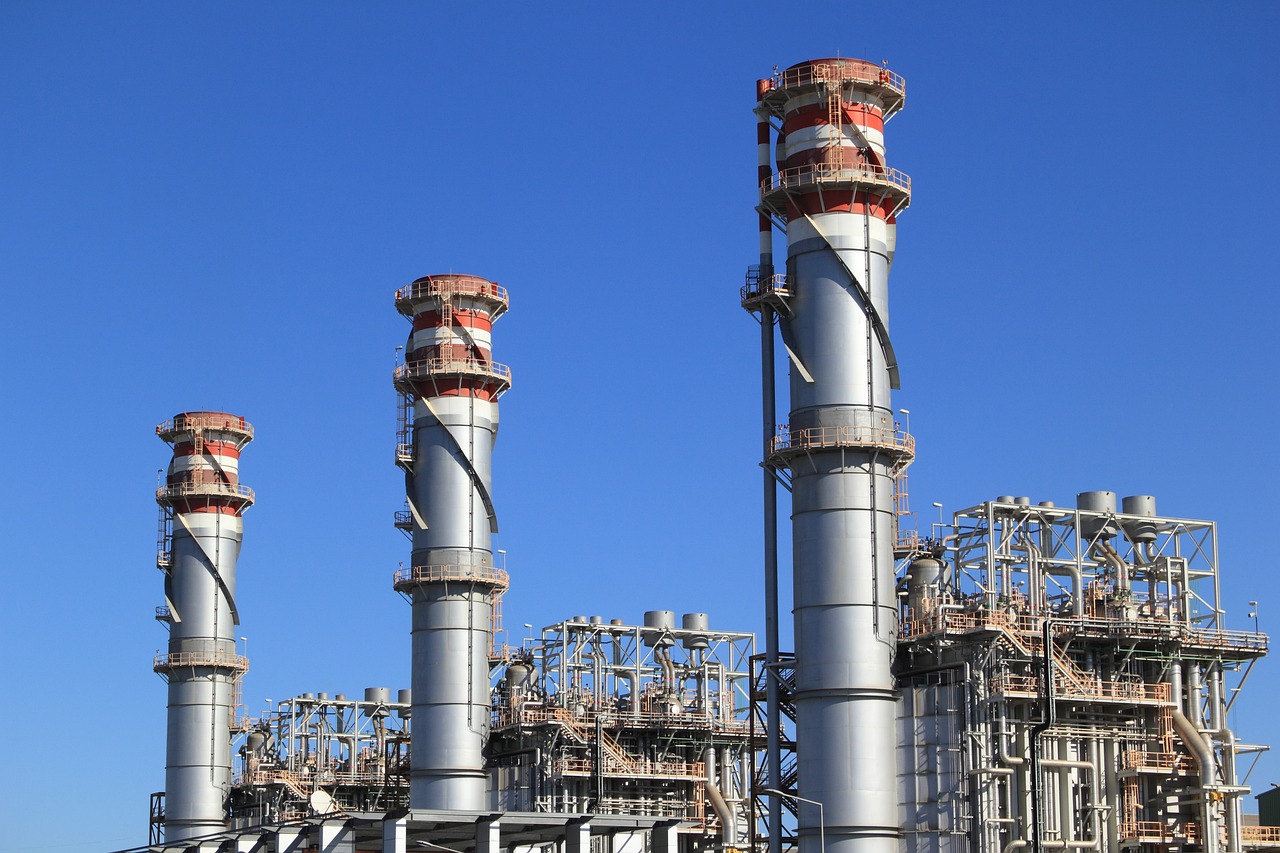Introduction: In our modern world, plastic has become an integral part of daily life, offering convenience and versatility in countless applications. However, the widespread use and disposal of plastic products have led to a hidden menace: microplastic pollution. These tiny plastic particles, invisible to the naked eye, are causing significant harm to our environment, wildlife, and potentially human health. In this article, we explore the origins, impacts, and solutions to the growing problem of microplastic pollution.
The Genesis of Microplastics: Microplastics are born from two main sources: primary and secondary. Primary microplastics are intentionally manufactured at a microscopic scale for various purposes, including microbeads in personal care products and microfibers in textiles. On the other hand, secondary microplastics are formed through the degradation of larger plastic items due to environmental factors such as weathering, mechanical action, and exposure to sunlight.
The Environmental Impact: Microplastics pervade the environment, contaminating oceans, rivers, lakes, soil, and even the air. Their small size and persistence make them particularly insidious, posing a range of environmental threats. Marine animals and terrestrial organisms ingest microplastics, leading to physical harm, digestive blockages, and internal injuries. Microplastics also have the potential to contaminate food chains, disrupt ecosystems, and transport harmful pollutants, exacerbating environmental toxicity levels.
Human Health Concerns: While research on the health effects of microplastics is ongoing, there is growing evidence to suggest potential risks to human health. Microplastics may accumulate in human tissues and organs, causing inflammation, oxidative stress, and cellular damage. Furthermore, they may act as carriers for pathogens and contaminants, posing additional health risks through the consumption of contaminated food and water.
Addressing the Crisis: Combatting microplastic pollution requires a multi-faceted approach involving stakeholders at all levels. Measures to reduce plastic consumption and production, improve waste management and recycling infrastructure, and raise awareness about the issue are essential. Effective monitoring and assessment programs are needed to track microplastic contamination in ecosystems and evaluate its impacts. By taking proactive steps to mitigate plastic pollution, we can protect ecosystems, wildlife, and human health.
Conclusion: Microplastic pollution poses a significant threat to our planet’s health and resilience. As awareness of the issue grows, so too does the urgency of action. By working together to reduce plastic consumption, improve waste management practices, and promote sustainable alternatives, we can stem the tide of microplastic pollution and safeguard the future of our environment and generations to come. It’s time to confront this invisible menace and chart a course towards a cleaner, healthier planet.















